RARE! Early WWII 1942 Philippine Islands B-24 & B-25 USAAF Long Range Pacific Theater Aerial Bombing Mission Map (Double-Sided)
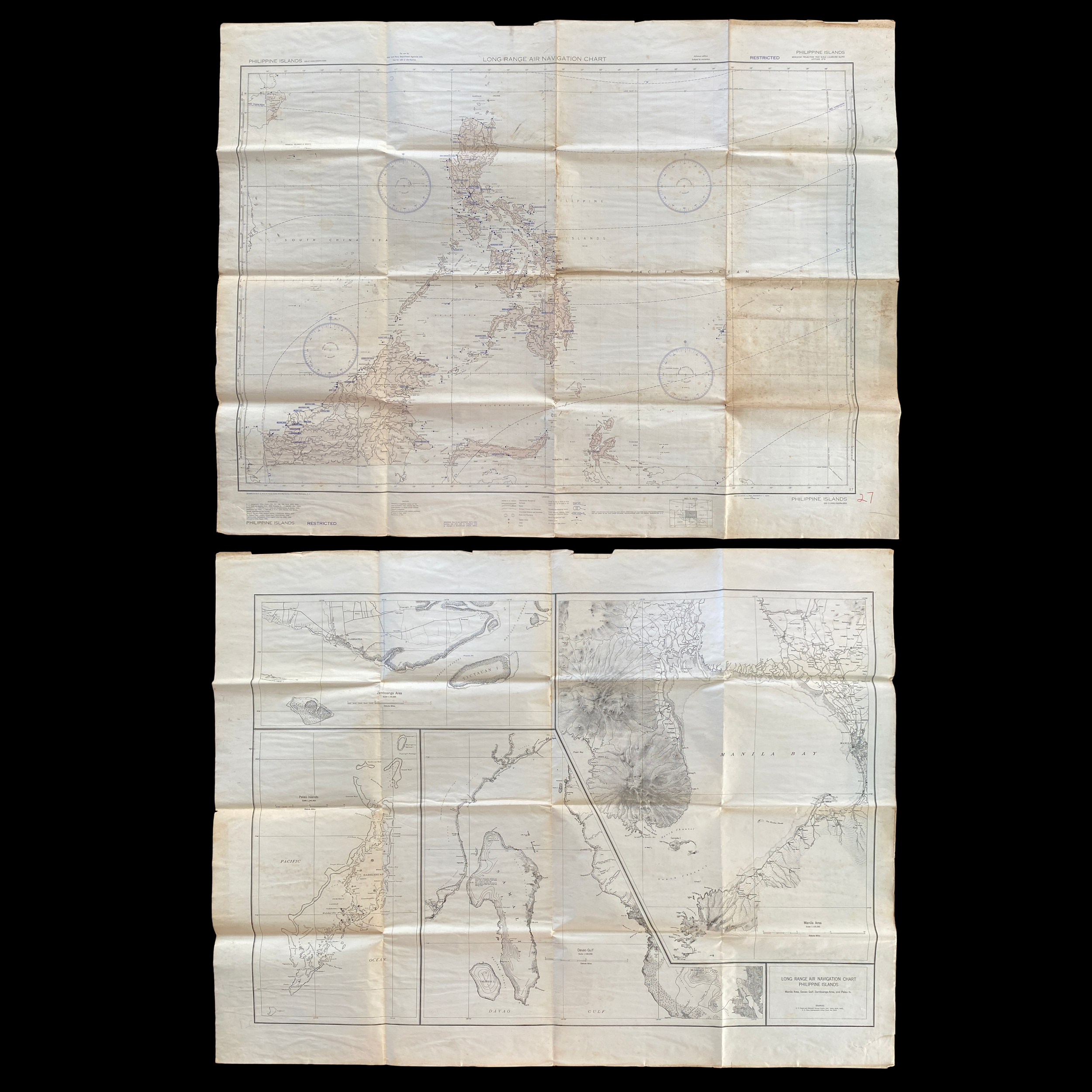





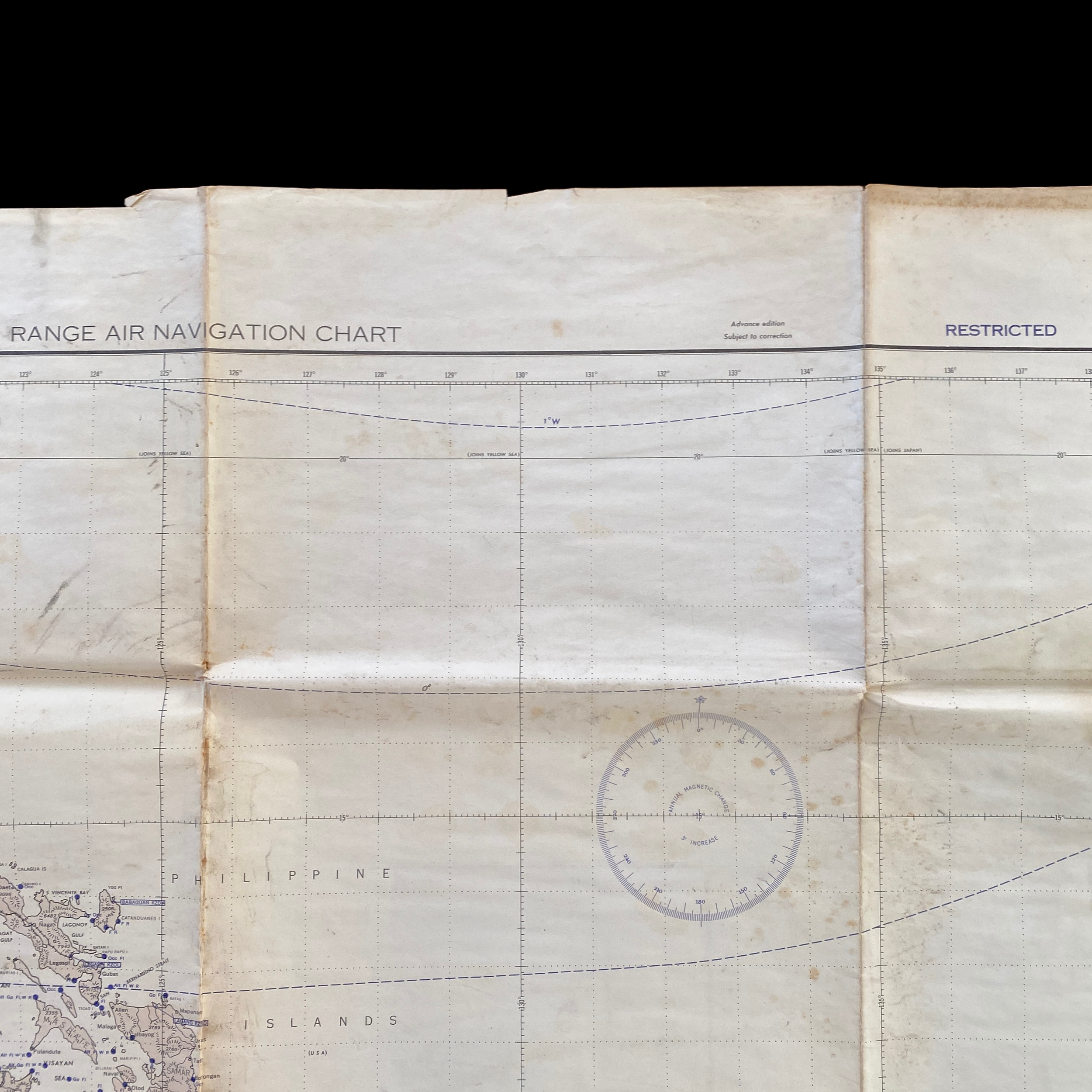
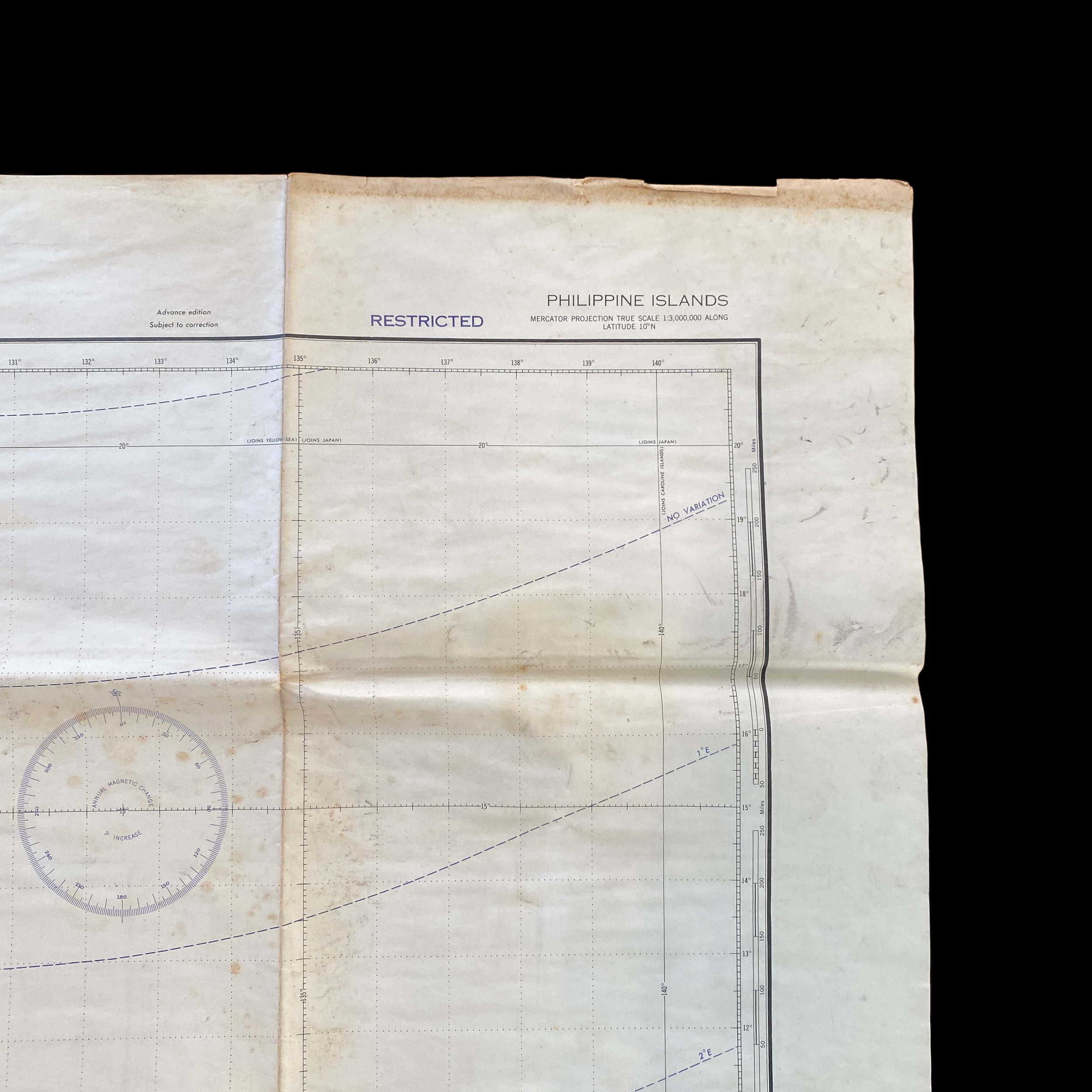


















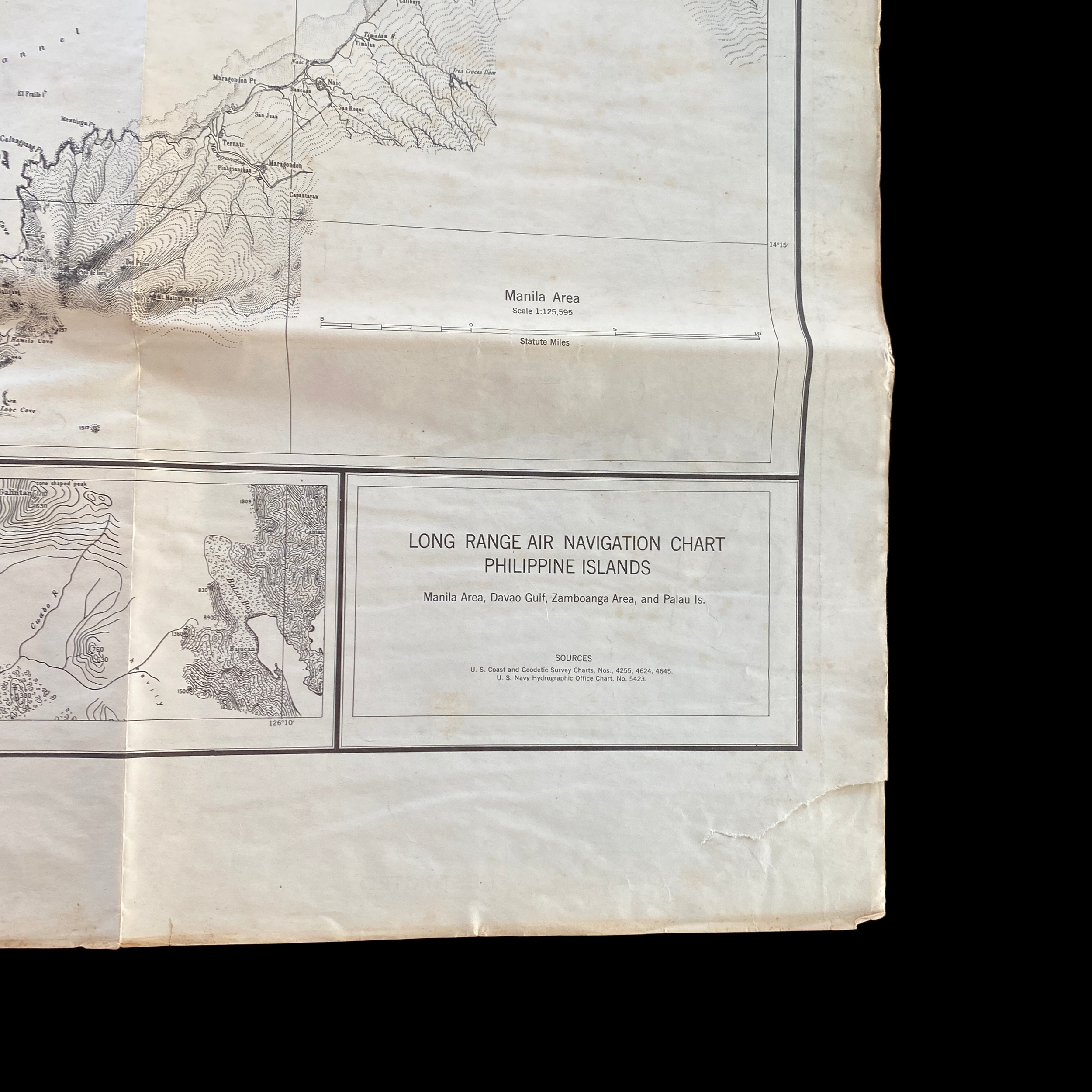



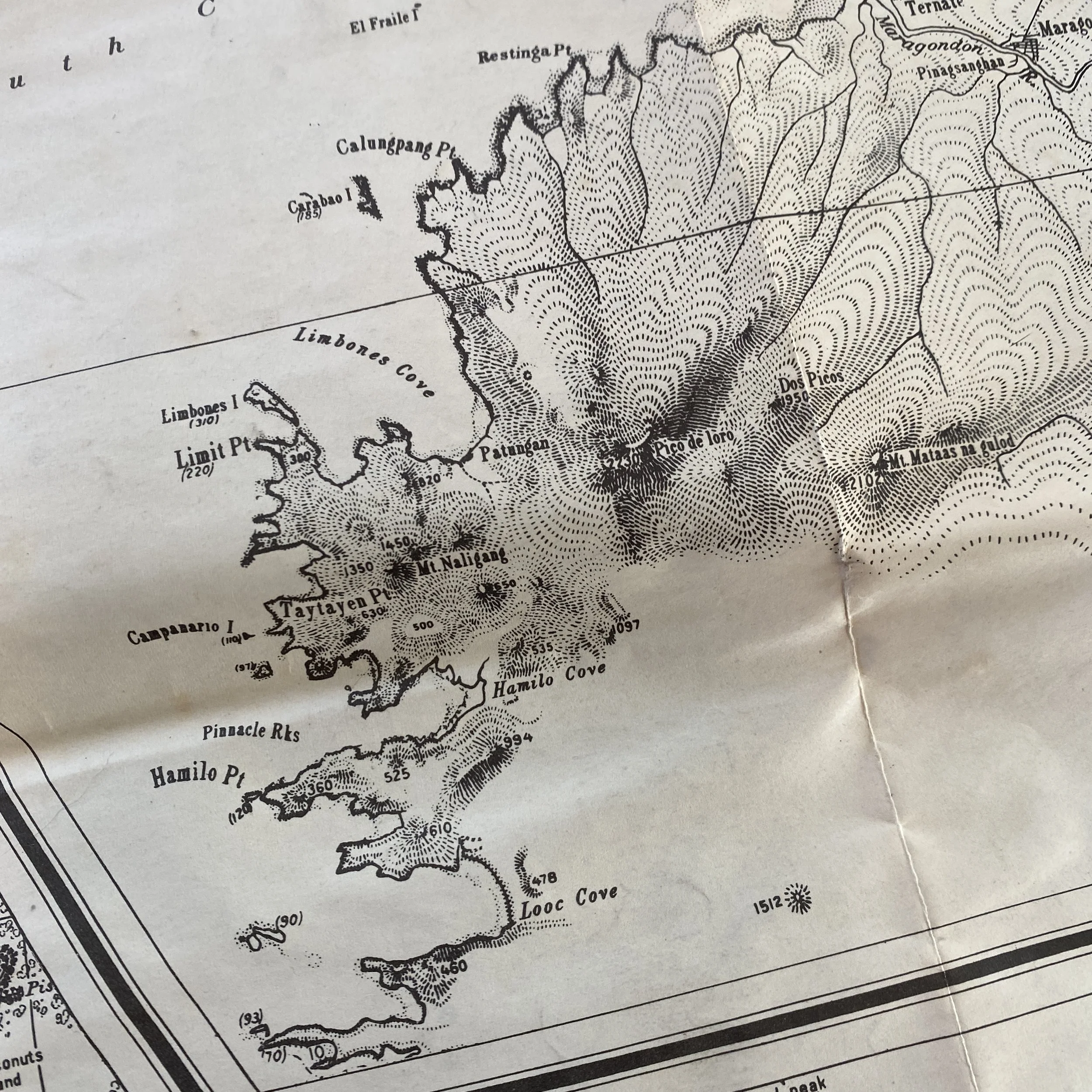



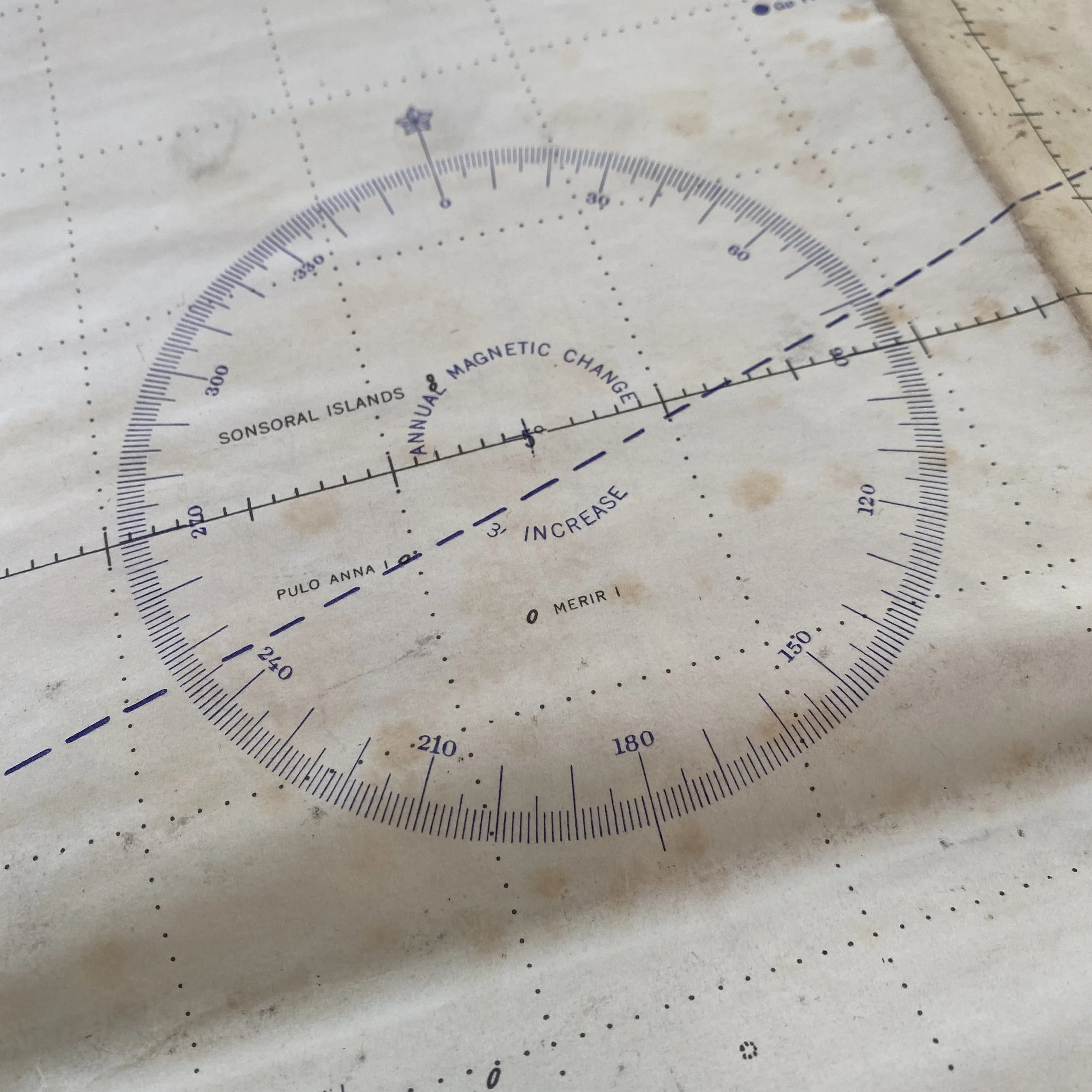
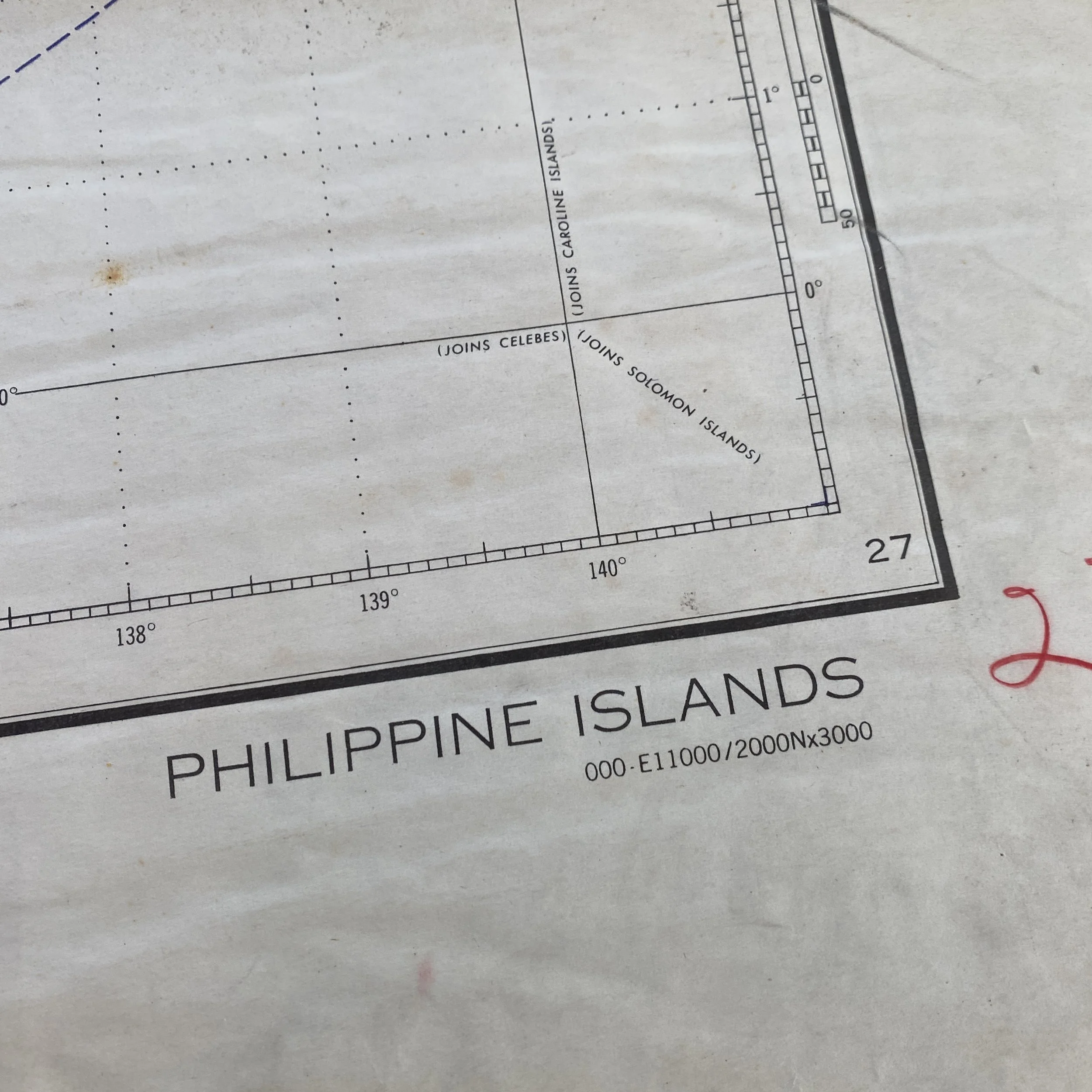




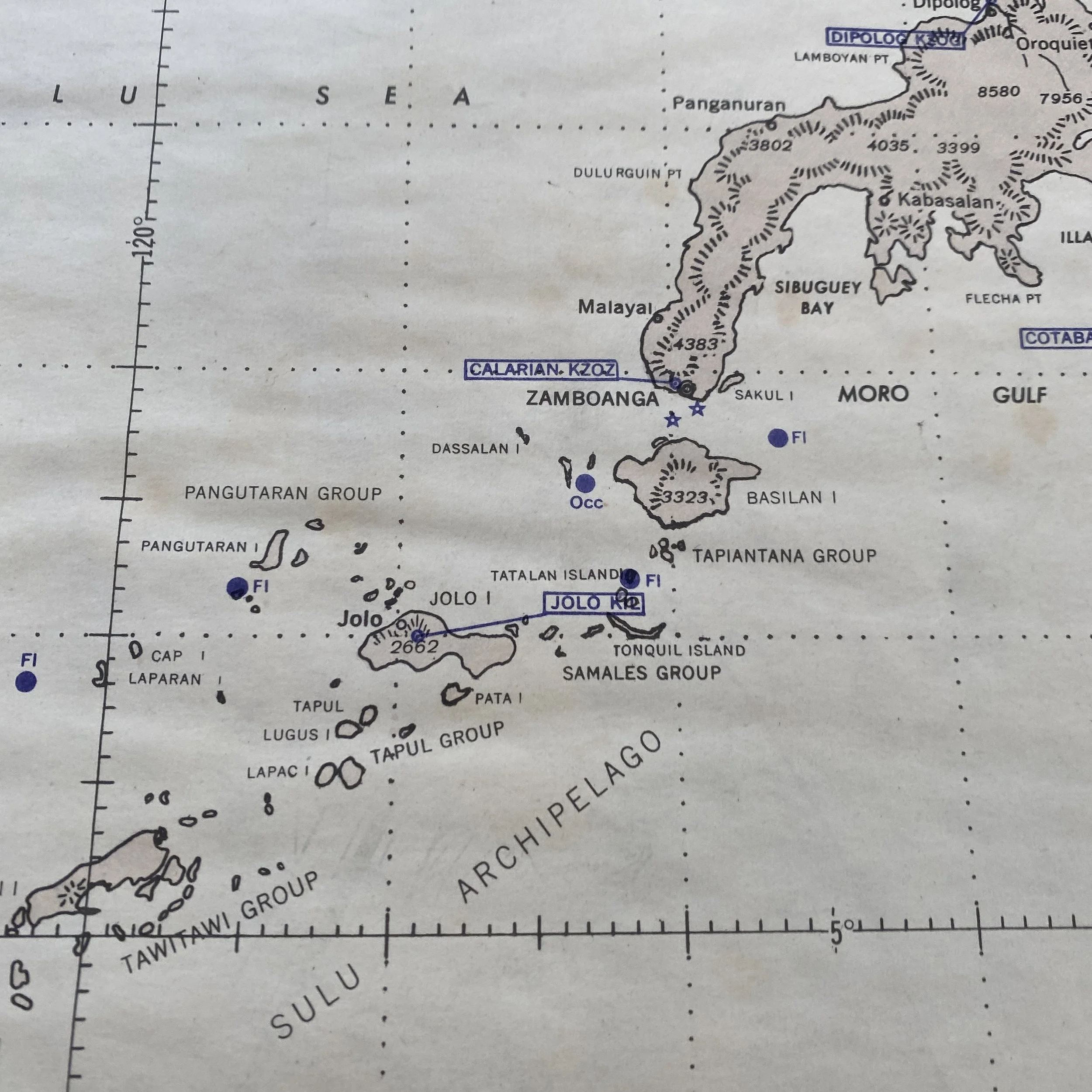



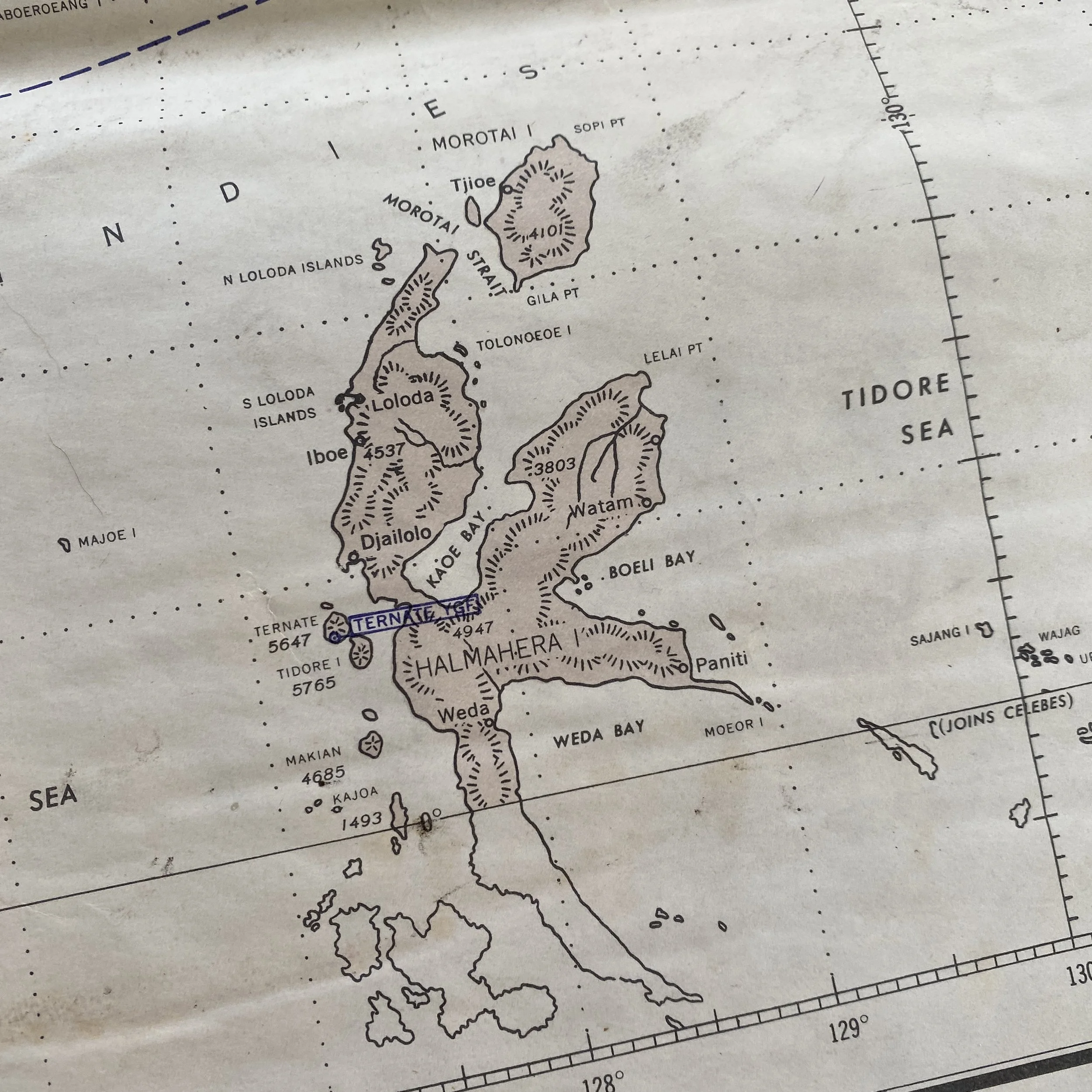





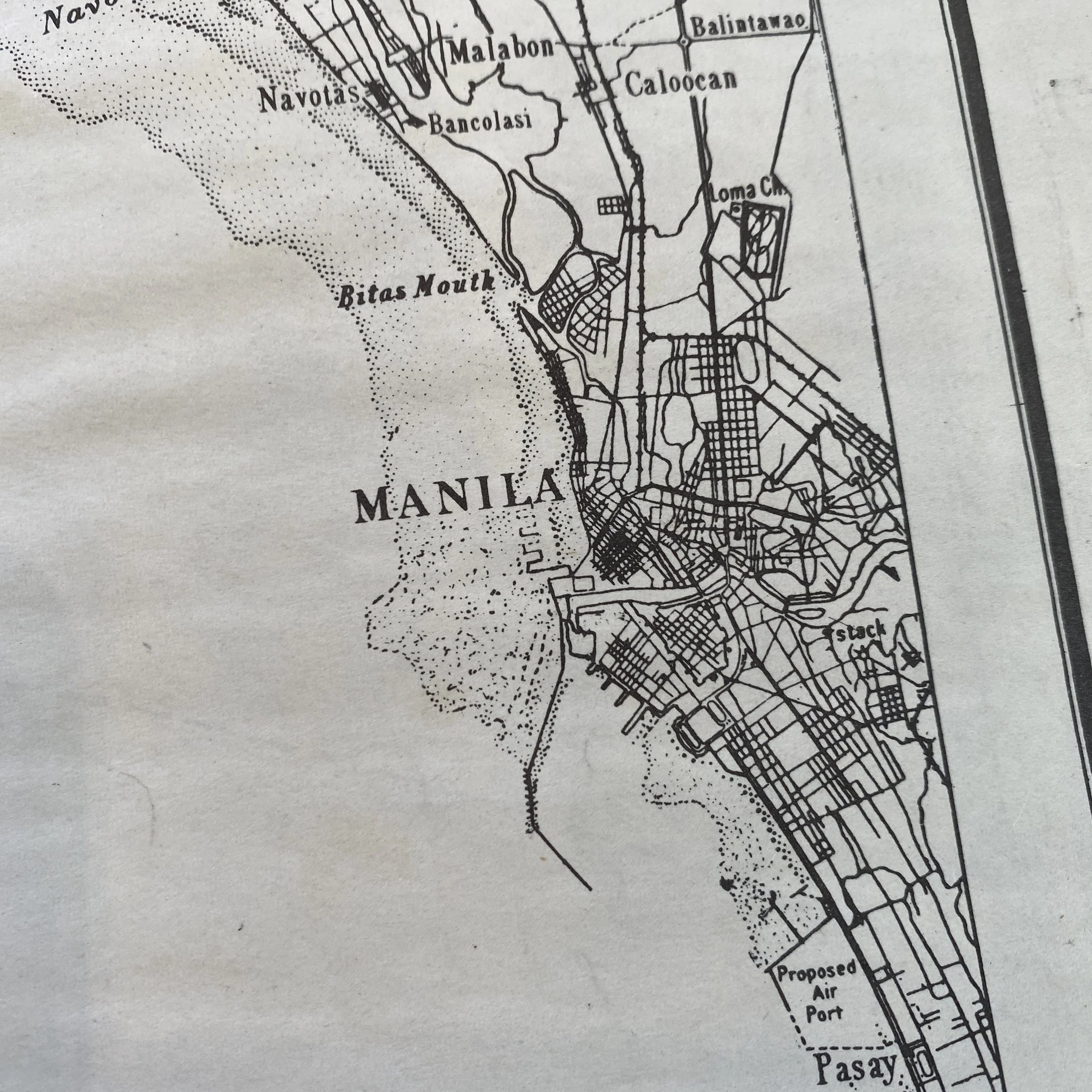

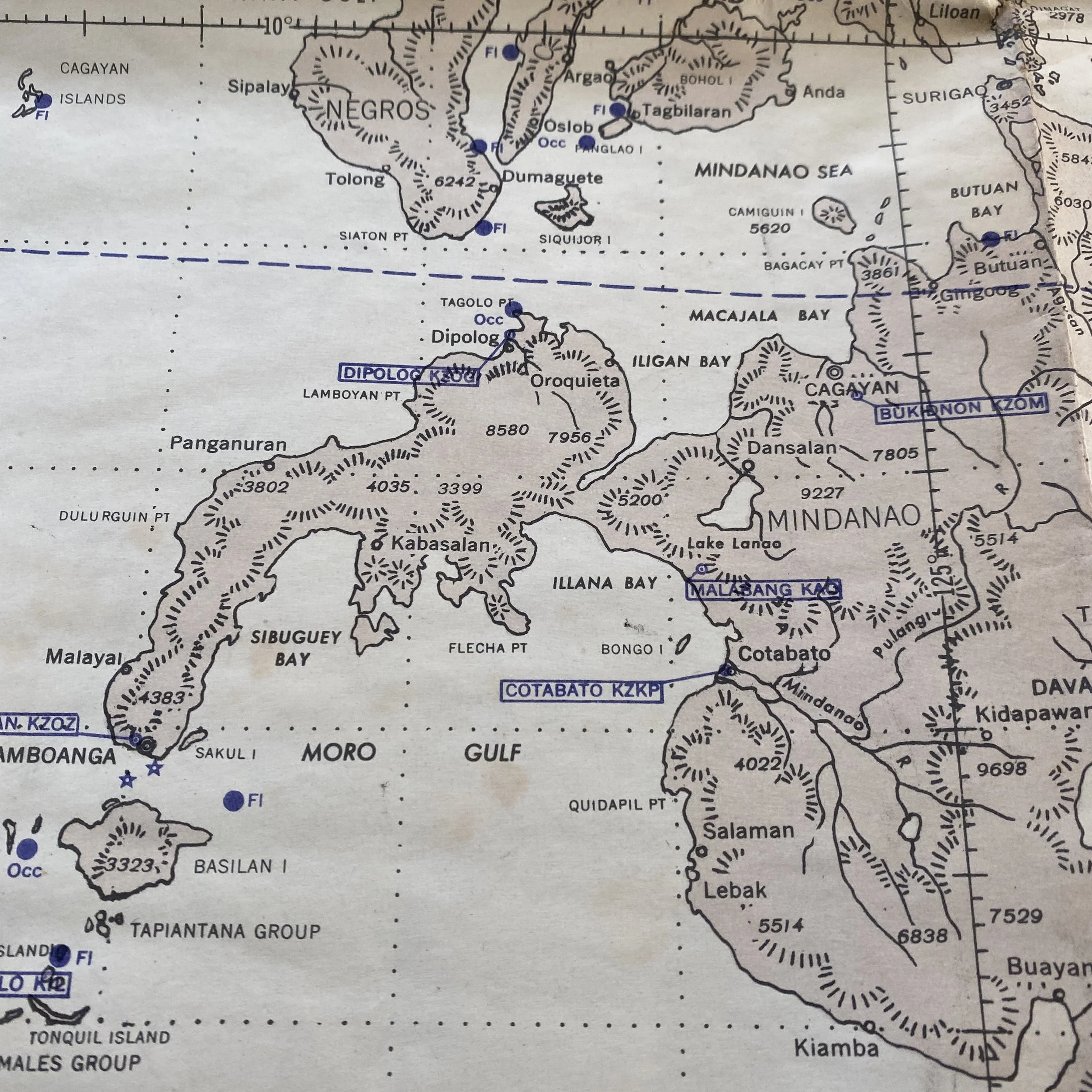

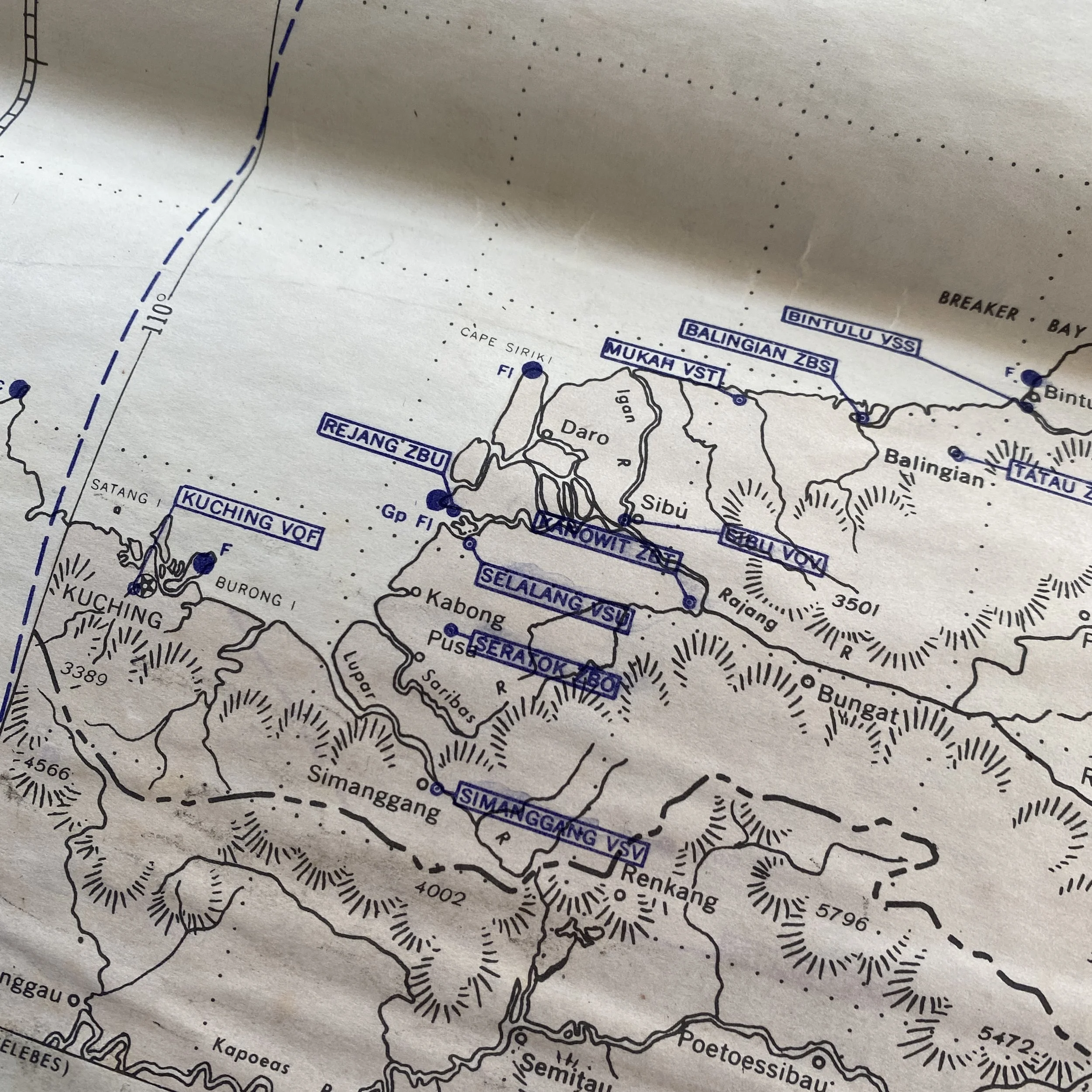
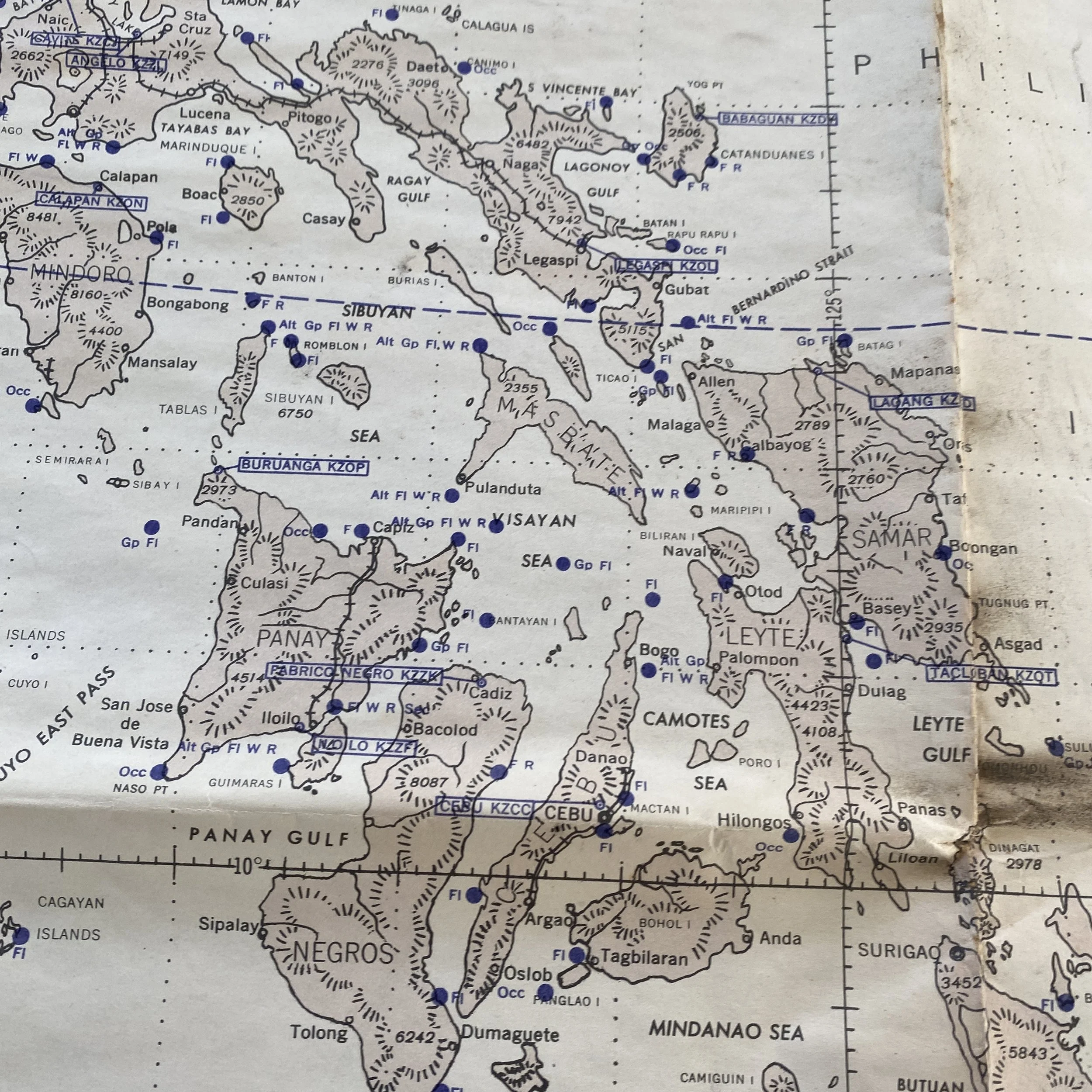




RARE! Early WWII 1942 Philippine Islands B-24 & B-25 USAAF Long Range Pacific Theater Aerial Bombing Mission Map (Double-Sided)
Comes with C.O.A.
This incredibly rare and museum-grade World War II, long-range air navigation chart was heavily used in the Pacific Theater during allied bombing missions against the Japanese forces. This very large and double-sided World War II aerial bombing missions navigation map was printed in early 1942…shortly after the attack on Pearl Harbor the beginning of WWII for the United States. What makes us map very sought after is that it contains the Japanese-held islands of Luzon, Mindanao, Leyte, Borneo, and Celebes. This aerial navigation chart was used by navigators, bombardiers, and pilots to navigate their specific bombing Range emissions throughout the Philippine Islands and Caroline Islands. This map was most likely used on either the B-24 or B-25 aircraft.
The bombing campaign started in 1942, shortly after the Japanese invasion. The American military was not fully prepared for the assault and struggled to regroup and rearm after the surprise attack on Pearl Harbor. The bombing campaign was part of a larger effort to take back control of the Pacific and restore American dominance in the region. The bombing was carried out by American aircraft carriers, including the Enterprise and the Hornet, as well as land-based bombers.
The bombing campaign was intense and widespread, affecting many parts of the Philippines. The Japanese had a strong presence on the islands, and the American bombing campaign was aimed at destroying their military installations and supplies. The bombing was particularly intense in the capital city of Manila, which was a major hub for Japanese military operations. The bombing campaign caused significant damage to the city, including the destruction of many buildings and infrastructure. The bombing also disrupted the Japanese supply lines and made it more difficult for them to maintain their hold on the islands.
The bombing campaign had significant consequences for both the American and Japanese military. The American military was able to gain the upper hand in the Pacific and gain the initiative in the war. The bombing campaign allowed the American military to regain control of the Philippines and eventually push the Japanese out of the islands. The bombing also disrupted Japanese military operations and weakened their ability to launch further offensives in the Pacific.
The Pacific Theater of World War II was a crucial part of the war, with many important battles fought on islands in the Pacific region, including Luzon, Mindanao, Leyte, Borneo, and Celebes. In order to defeat the Japanese, the U.S. military carried out multiple bombing missions on these islands, aimed at destroying enemy infrastructure, supplies, and troops.
One of the most notable bombing missions in Luzon was the Battle of Manila. In February 1945, U.S. forces began a heavy bombing campaign to support the ground troops fighting in the city. The bombing was intense, with over 250 B-24 Liberator bombers dropping over 4,000 tons of bombs on the city. The bombing campaign lasted for three days and resulted in the destruction of much of Manila, including many homes, schools, and public buildings. Although the bombing caused significant damage to the city, it also allowed U.S. forces to gain the upper hand in the battle and eventually secure the city.
Another notable bombing mission in the Pacific Theater was the Battle of Mindanao. In March 1945, U.S. forces began a bombing campaign aimed at crippling the Japanese forces on the island. The bombing was carried out by B-24 Liberators and B-25 Mitchell bombers and lasted for several weeks. The bombing caused significant damage to Japanese supplies and infrastructure, making it difficult for them to resist the advancing U.S. forces. The bombing was a key factor in the eventual defeat of the Japanese on the island.
The Battle of Leyte was another important bombing mission in the Pacific Theater. In October 1944, U.S. forces began a bombing campaign aimed at weakening the Japanese defenses on the island. The bombing was carried out by B-24 Liberators and B-25 Mitchell bombers and lasted for several weeks. The bombing campaign resulted in significant damage to Japanese supplies and infrastructure, making it easier for U.S. forces to secure the island.
The Battle of Borneo was another important bombing mission in the Pacific Theater. In June 1945, U.S. forces began a bombing campaign aimed at destroying Japanese forces on the island. The bombing was carried out by B-24 Liberators and B-25 Mitchell bombers and lasted for several weeks. The bombing campaign resulted in significant damage to Japanese supplies and infrastructure, making it easier for U.S. forces to secure the island.
The Battle of Celebes was the final major bombing mission in the Pacific Theater. In August 1945, U.S. forces began a bombing campaign aimed at destroying Japanese forces on the island. The bombing was carried out by B-24 Liberators and B-25 Mitchell bombers and lasted for several weeks. The bombing campaign resulted in significant damage to Japanese supplies and infrastructure, making it easier for U.S. forces to secure the island.
In conclusion, the multiple bombing missions on Luzon, Mindanao, Leyte, Borneo, and Celebes during World War II were critical to the eventual defeat of the Japanese in the Pacific Theater. These bombing campaigns caused significant damage to enemy supplies, infrastructure, and troops, making it easier for U.S. forces to secure the islands and ultimately defeat the Japanese. These bombing missions remain an important part of World War II history and a testament to the bravery and sacrifice of the U.S. military during the war.